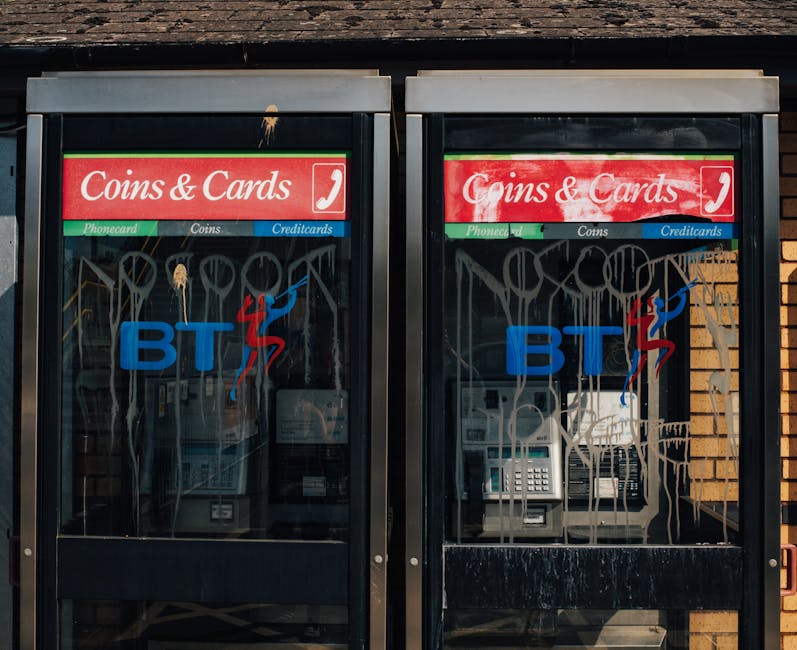In the ever-evolving world of data storage, Toshiba has announced its ambitious plan to release a 40TB hard disk drive (HDD) by 2027, featuring 12 platters. While this seems groundbreaking, it raises a critical question: Is this innovation too little, too late in an era dominated by solid-state drives (SSDs) and cloud storage?
The Promise of Toshiba’s 40TB HDD
Toshiba’s 40TB HDD represents a significant leap in storage capacity. By utilizing 12 platters, the company aims to push the limits of traditional HDD technology. For context, current consumer-grade HDDs max out at around 20TB, with enterprise drives reaching slightly higher capacities. Doubling that to 40TB could revolutionize industries like media production, scientific research, and data centers.
The technology behind this innovation focuses on increasing areal density—the amount of data stored per square inch of a disk platter. Toshiba is reportedly leveraging advanced techniques like heat-assisted magnetic recording (HAMR) or microwave-assisted magnetic recording (MAMR) to achieve tighter data packing. This allows for higher capacities without significantly increasing the drive’s physical size.
The Challenges Toshiba Faces
Despite the promise, Toshiba faces significant hurdles. The 2027 release timeline is a major concern. In the fast-paced tech world, three years is an eternity. By then, SSDs are expected to have made even greater strides in capacity and affordability, potentially overshadowing HDDs.
Another issue is the inherent limitations of HDD technology. Even with 12 platters, HDDs remain mechanical devices with moving parts, making them slower, less durable, and more prone to failure than SSDs. While HDDs still have a place in cold storage and archival applications, their relevance in high-performance environments is dwindling.
The Rise of SSDs and Cloud Storage
SSDs have been steadily eroding the HDD market for years. They are faster, more energy-efficient, and increasingly cost-competitive. Companies like Samsung and Western Digital are already producing SSDs with capacities exceeding 30TB, making them more practical for real-time data processing and intensive workloads.
Additionally, the shift toward cloud storage solutions further diminishes the need for massive local storage. With giants like Amazon Web Services (AWS), Google Cloud, and Microsoft Azure offering scalable, on-demand storage, many businesses are opting to offload their data to the cloud rather than investing in high-capacity HDDs.
Is Toshiba’s 40TB HDD Too Late?
Toshiba’s announcement feels like a last-ditch effort to stay relevant in a market rapidly moving away from HDDs. While a 40TB HDD is impressive, it may not be enough to reverse the tide. The demand for HDDs is shrinking, and their niche is being encroached upon by more advanced technologies.
The timing of the release also raises questions. By 2027, SSDs and cloud storage infrastructure will likely have advanced even further. Unless Toshiba can offer its 40TB HDD at a significantly lower cost than SSDs or cloud solutions, it may struggle to find a substantial market.
The Bottom Line
Toshiba’s plan to launch a 40TB HDD in 2027 is a bold move, but it may not be enough to secure its place in the future of data storage. While the technology is impressive, the dominance of SSDs and cloud platforms poses a significant threat to the relevance of HDDs.
In the end, Toshiba’s innovation may be a case of too little, too late. The company will need to rethink its strategy and adapt to the changing market if it hopes to remain a key player in the data storage industry.
What are your thoughts? Is Toshiba’s 40TB HDD a game-changer or a relic of the past? Share your opinions in the comments below.




